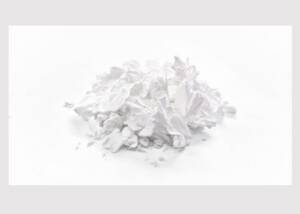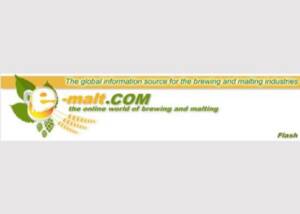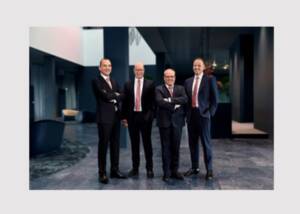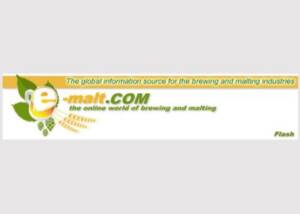For 30 years: Jever makes fun
News General news
From a niche product to one of the nation's market-leading non-alcoholic beers: Jever Fun is more popular than ever. What a success!

No other type of beer has recently grown as strongly as non-alcoholic beers. Around 660 million liters were sold in 2020 alone. Around 30 years earlier, it was not even half as much, at around 300 million liters.
It is not only the sales volume that has developed rapidly. The image of non-alcoholic beer has also undergone a radical change: today it is regarded as a lifestyle drink and a refreshing alternative to lemonade, juices & co. However, those who drank non-alcoholic beer in the early 1990s did not necessarily do so with "fun" in mind. On the contrary, you almost needed good arguments if you reached for the non-alcoholic instead of the "real beer" and were not excused because you still had to drive, for example.
The brewmasters in Jever were therefore initially anything but enthusiastic about the task of developing a non-alcoholic counterpart to their Frisian-harsh pilsner. One that would then also quite blatantly bear the brand sender "Jever" on the label. "That sounds quite obvious today, but it was by no means," explains Jever business manager Michael Reitze. "Anyone who carried a non-alcoholic beer in their range at the time was happy to do so under a different name. Otherwise, people probably feared damage to the image of the alcoholic original."
Ahead of its time
But it wasn't just the naming that was bold at the time. Jever Fun also appeared differently since its market launch in 1991. "Even in the first advertisements, it was promoted as the ideal beverage for active athletes," says Jever press spokeswoman Ira Beckmann. Then, in the 2000s, when athletes were handed a non-alcoholic beer after crossing the finish line, Jever Fun had long been active in this environment. Especially in areas that were considered fringe sports and are now crowd pullers. Beach volleyball and kite surfing, for example. Or stand-up paddling.
But Jever Fun was a pioneer and trendsetter above all when it came to taste: The dialysis process developed in-house for particularly gentle alcohol extraction ensures that even die-hard Jever Pilsener fans generally can't taste any difference between the original and its non-alcoholic counterpart. This may also be a major reason why more and more consumers are discovering Jever Fun for themselves. Not just men. And not just those who want to do without sugar - because Jever Fun has zero grams of it, which is not necessarily the case with non-alcoholic beers.
Alcohol-free trio of successes
Friesisches Brauhaus zu Jever now also has two non-alcoholic, naturally cloudy mixed variants in its range: Jever Fun Lemon and Jever Fun Blood Orange. The two youngest varieties have only been available for a good three and one years, but they have already been very successful. Both have been named "Novelty of the Year" by managing directors and owners of major beverage wholesalers.
Things are going well for Jever Fun, really well in fact. A look at the market trend also gives cause for optimism: almost every second German now drinks non-alcoholic beers, and the trend is rising according to a survey by the German Brewers Association (DBB). With a market share of almost seven percent in the on-trade alone, this dynamic growth is clearly continuing. Not only in terms of sales volume, but also in terms of selection: Among the now almost 7,000 beer brands in Germany, there are now more than 700 non-alcoholic beers and beer mixes.
"The fact that we have helped to shape this development to some extent naturally makes us happy," says Michael Reitze, promising everyone who is thirsty for a non-alcoholic. "Jever makes fun, and will continue to do so."










